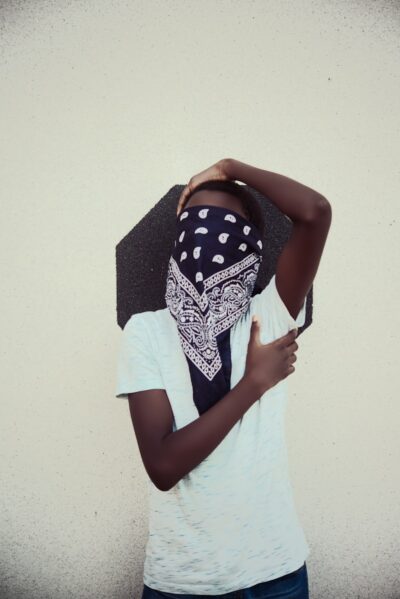💬 “See Him Fully”When a Black boy has been victimized, the world often sees everything except his pain. People rush to discipline, analyze, or do
💬 “See Him Fully”

Photo by sour moha
When a Black boy has been victimized, the world often sees everything except his pain. People rush to discipline, analyze, or doubt him — but rarely to believe him. Too many systems were built to manage his behavior instead of tending to his wounds. Supporting victimized Black boys begins with reversing that lens: seeing him fully, not just as a child in crisis, but as a human being in need of care, safety, and room to rebuild trust. Healing begins where belief begins.
💡 Tips for Supporting Victimized Black Boys
Start by believing.
When he tells you he’s been hurt — believe him without interrogation. Trust is fragile for boys who’ve learned that vulnerability gets punished.Affirm his feelings, not just his strength.
Let him know it’s okay to cry, to rage, to feel scared. Emotions are not weakness — they’re evidence of humanity.Create safe, male-positive spaces.
Connect him with mentors who honor his boundaries and see his sensitivity as sacred, not shameful.Challenge bias in care systems.
Advocate for trauma-informed responses in schools, courts, and shelters. Push back when “troubled” is used instead of “traumatized.”Reflect culture in healing.
Include hair care, music, faith, family, and language that feel familiar and affirming. Healing feels more possible when it looks like home.Don’t rush his recovery.
Give him consistency. Black boys often grow up learning they must “get over it.” Instead, remind him: you can heal at your own pace.